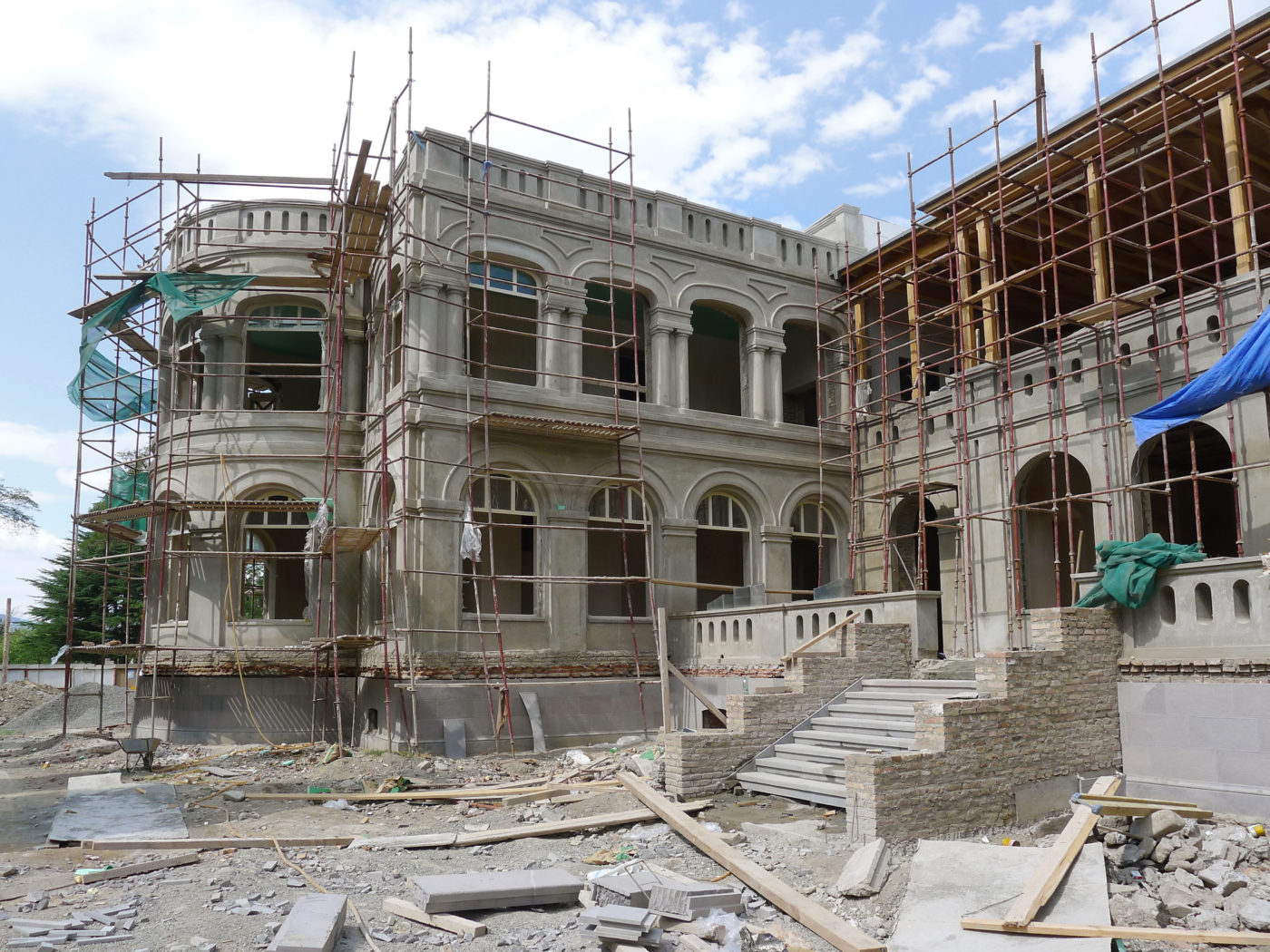
Chateau Mukhrani
Elgaard Architecture was in charge of the restoration and rebuilding of the Georgian Chateau Mukhrani from the latter part of the 19th century. The project included the main château, the wine cellars, the old production plant and the surrounding parks and gardens. Quality, identity and authenticity are key issues in the wine production, and these factors were continued and developed in the restoration and rebuilding process of the buildings and facilities.
Year
2010
Theme
Restoration, reconstruction and modernisation
Client
Chateau Mukhrani


Versailles Gardener Created Gardens
The surroundings gardens were designed by a Versailles gardener. The huge complex was a cultural centre for the Georgian elite, and the man behind it, Ivane Mukhranbatoni, hosted many guests there, including famous Georgian writers and poets such as Ilia Chavchavadze and Akaki Tsereteli as well as the Russian emperor.




